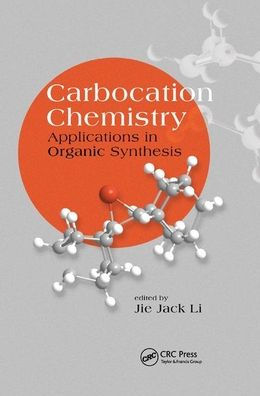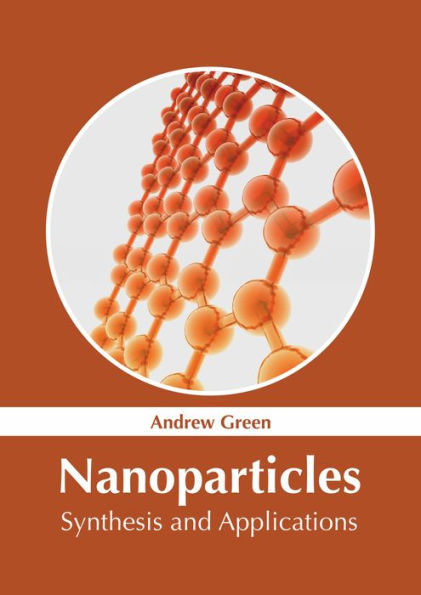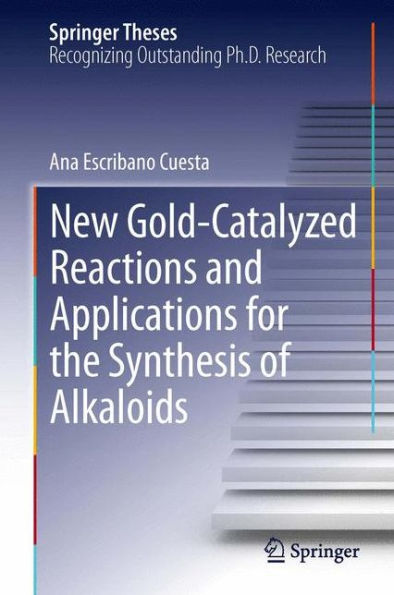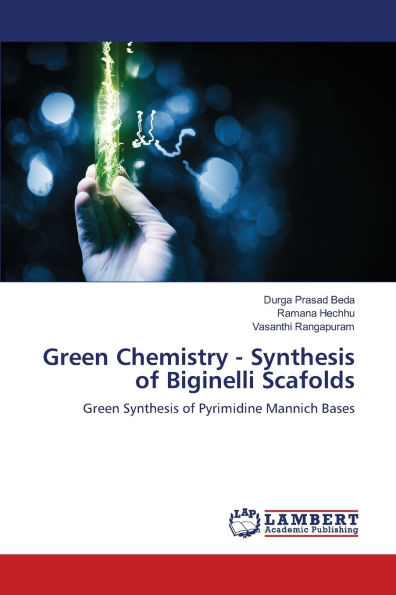Home
Chemistry of Bipyrazoles: Synthesis and Applications
Barnes and Noble
Chemistry of Bipyrazoles: Synthesis and Applications
Current price: $70.00
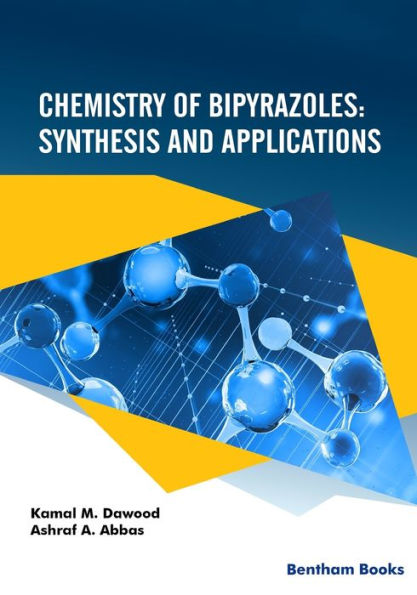

Barnes and Noble
Chemistry of Bipyrazoles: Synthesis and Applications
Current price: $70.00
Size: OS
Loading Inventory...
*Product information may vary - to confirm product availability, pricing, shipping and return information please contact Barnes and Noble
Chemistry of Bipyrazoles: Synthesis and Applications
covers the synthetic pathways for all types of bipyrazoles. 5 chapters cover bipyrazole systems, N,N- and N,C-bipyrazoles, namely 1,1‘-bipyrazole, 1,3‘-bipyrazole, 1,4‘-bipyrazole, 3,3‘-bipyrazoles, 3,4‘-bipyrazoles and 4,4‘-bipyrazoles
The contents explain several types of reactions: 1) condensation reactions of hydrazines with tetracarbonyls, dihydroxydicarbonyl compounds or pyrazole-based difunctional compounds; 2) 1,3-dipolar cycloaddition of pyrazole-based hydrazonoyl halides with activated methylene compounds; 3) metal catalyzed cross-coupling reactions.
The book concludes with a chapter that details the applications of bipyrazole derivatives in different industries. Information about advanced concepts used in chemical engineering such as metal-organic frameworks (MOFs) and corrosion inhibition are highlighted.
The book contents are presented in an easy-to-understand manner suitable for readers in organic chemistry at senior levels of education and industry expertise. Each chapter is supplemented with detailed references.
covers the synthetic pathways for all types of bipyrazoles. 5 chapters cover bipyrazole systems, N,N- and N,C-bipyrazoles, namely 1,1‘-bipyrazole, 1,3‘-bipyrazole, 1,4‘-bipyrazole, 3,3‘-bipyrazoles, 3,4‘-bipyrazoles and 4,4‘-bipyrazoles
The contents explain several types of reactions: 1) condensation reactions of hydrazines with tetracarbonyls, dihydroxydicarbonyl compounds or pyrazole-based difunctional compounds; 2) 1,3-dipolar cycloaddition of pyrazole-based hydrazonoyl halides with activated methylene compounds; 3) metal catalyzed cross-coupling reactions.
The book concludes with a chapter that details the applications of bipyrazole derivatives in different industries. Information about advanced concepts used in chemical engineering such as metal-organic frameworks (MOFs) and corrosion inhibition are highlighted.
The book contents are presented in an easy-to-understand manner suitable for readers in organic chemistry at senior levels of education and industry expertise. Each chapter is supplemented with detailed references.


